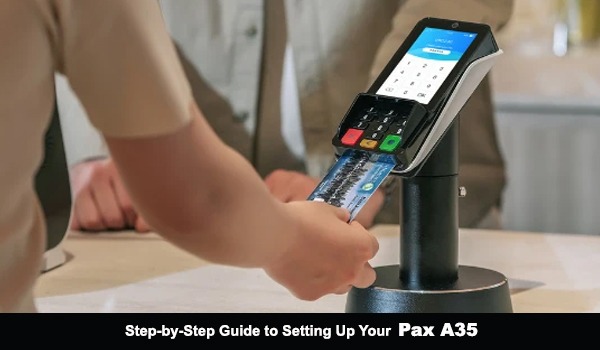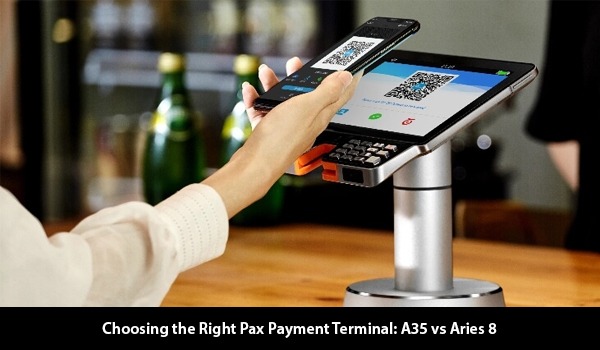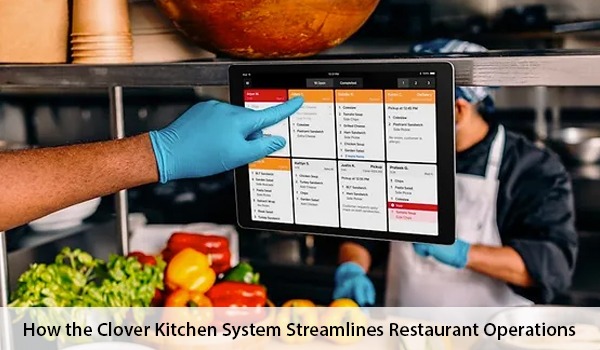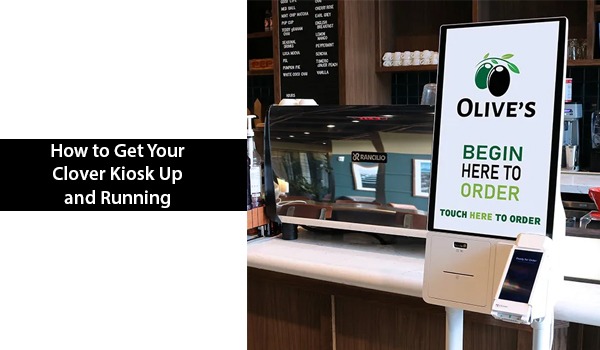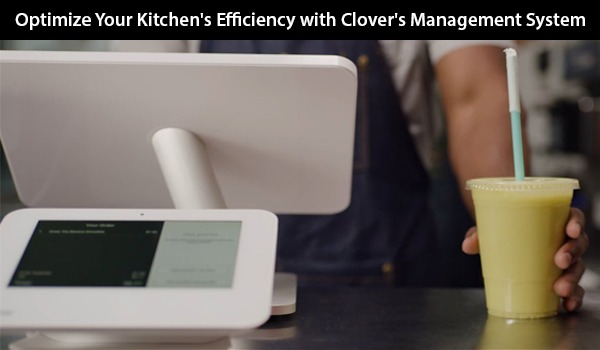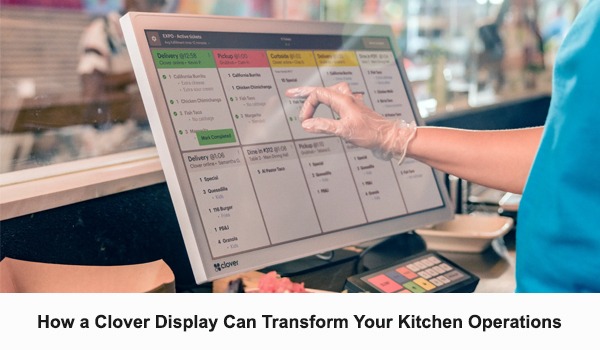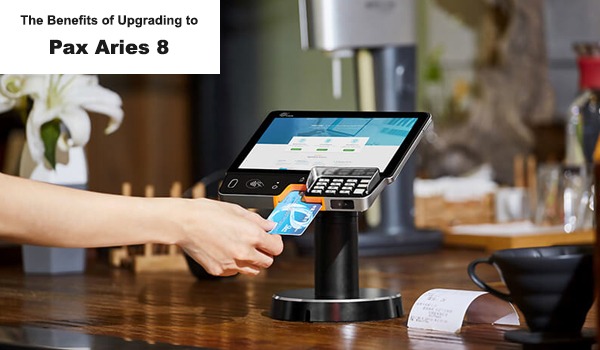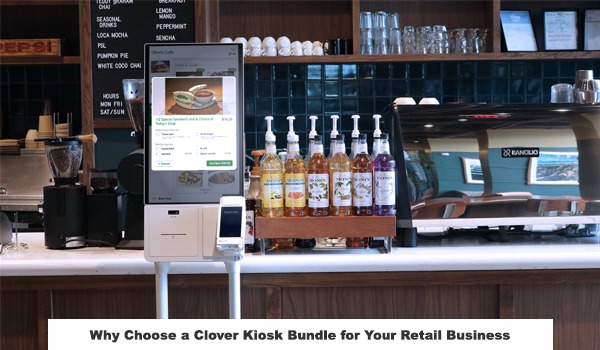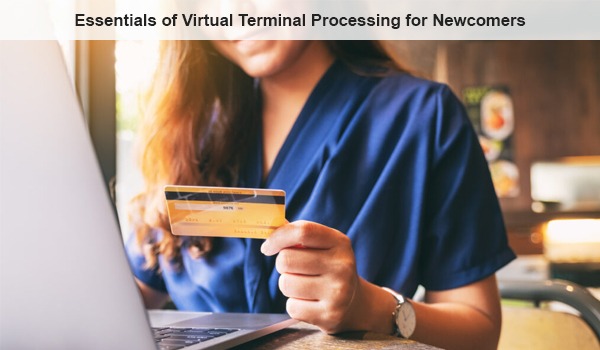
Understanding Virtual Terminal Processing
Virtual terminal processing is a secure and efficient method used by businesses to accept payments online without the need for physical card terminals. Traditionally, businesses relied on point-of-sale (POS) terminals to process card payments in person. However, with the rise of e-commerce and remote transactions, virtual terminal processing has become increasingly popular.
- How It Works: In virtual terminal processing, merchants utilize a web-based interface provided by their payment service provider. This interface acts as a virtual terminal, allowing merchants to manually input customers' card information to initiate transactions. Once the payment details are entered, the virtual terminal securely transmits the data to the payment gateway for processing.
- Benefits for Merchants: One of the primary benefits of virtual terminal processing is its convenience. Merchants can accept payments from customers anywhere with internet access, eliminating the need for physical card terminals or POS systems. This flexibility is particularly advantageous for businesses that operate remotely, such as online retailers, service providers, or mobile businesses.
- Benefits for Customers: Virtual terminal processing also offers benefits for customers. It provides a seamless and secure payment experience, allowing customers to make purchases using their credit or debit cards without having to physically present them. This convenience enhances the overall shopping experience and encourages repeat business.
- Security Measures: Security is paramount in virtual terminal processing to protect sensitive payment information. Payment service providers implement robust security measures, such as encryption and tokenization, to ensure the confidentiality and integrity of transaction data. Additionally, merchants must comply with industry standards, such as the Payment Card Industry Data Security Standard (PCI DSS), to safeguard cardholder information and prevent fraud.
- Compatibility and Integration: Virtual terminal processing is compatible with various devices and operating systems, making it accessible to a wide range of merchants. Additionally, it can be seamlessly integrated with existing business systems, such as accounting software or e-commerce platforms, to streamline payment processing and reconciliation.
Virtual terminal processing offers businesses a convenient, secure, and flexible solution for accepting payments online. By understanding its functionality, benefits, security measures, and compatibility, merchants can leverage virtual terminals to enhance their payment processing capabilities and provide a seamless experience for customers.
Key Components of Virtual Terminal Processing
Virtual terminal processing comprises several key components that work together to facilitate secure and efficient payment transactions. Understanding these components is essential for merchants looking to implement virtual terminal solutions in their business operations.
- Payment Gateway: The payment gateway serves as a crucial intermediary between the merchant's website or virtual terminal and the payment processor. It securely transmits transaction data, including payment card details, from the merchant to the payment processor for authorization and settlement. Payment gateways encrypt sensitive information to protect it from unauthorized access during transmission. Additionally, they provide merchants with real-time transaction status updates and reporting capabilities, enabling them to track and manage payment activity effectively.
- Merchant Account: A merchant account is a specialized bank account that allows businesses to accept payments via credit or debit cards. It serves as the destination for funds deposited after successful transactions. To obtain a merchant account, businesses typically need to apply through a financial institution or payment service provider and undergo a review process to assess their creditworthiness and risk profile. Upon approval, merchants receive access to the necessary infrastructure and services to process card payments, including authorization, settlement, and reconciliation.
- Security Protocols: Security is paramount in virtual terminal processing to safeguard sensitive payment information and prevent fraud. Robust security protocols, such as encryption and tokenization, are employed to protect cardholder data during transmission and storage. Encryption converts payment data into an unreadable format to prevent unauthorized access, while tokenization replaces sensitive information with unique tokens that are meaningless to attackers. Additionally, virtual terminal providers adhere to industry standards and regulations, such as the Payment Card Industry Data Security Standard (PCI DSS), to ensure compliance and maintain the integrity of the payment ecosystem.
- Transaction Fees: Merchants should be aware of the transaction fees associated with virtual terminal processing, as they can impact the overall cost of accepting card payments. Transaction fees typically consist of a combination of flat fees and percentage-based fees per transaction. Flat fees are charged for each transaction processed, regardless of the transaction amount, while percentage-based fees are calculated as a percentage of the transaction value. Additionally, merchants may incur other fees, such as chargeback fees or monthly subscription fees, depending on their virtual terminal provider and pricing plan. It's essential for merchants to carefully review and understand their fee structure to accurately assess the cost of accepting payments and optimize their payment processing strategy.
Key components of virtual terminal processing—payment gateway, merchant account, security protocols, and transaction fees—play integral roles in facilitating secure and efficient payment transactions for businesses. By understanding these components and their functions, merchants can effectively leverage virtual terminal solutions to streamline their payment processing operations and enhance the overall customer experience.
Setting Up a Virtual Terminal
Setting up a virtual terminal involves several steps to ensure a seamless and efficient payment processing experience. By following these steps carefully, merchants can effectively integrate virtual terminal solutions into their business operations.
- Choose a Payment Provider: Selecting the right payment provider is crucial when setting up a virtual terminal. Look for a reputable provider that offers virtual terminal services tailored to your business needs. Take into account aspects like pricing, features, dependability, and customer support. Evaluate the provider's reputation in the industry and read reviews from other merchants to gauge their satisfaction with the service. Additionally, assess the provider's compatibility with your business model, including support for various payment methods and currencies.
- Account Registration: Once you've chosen a payment provider, complete the registration process to set up your virtual terminal account. Provide the necessary business information, including contact details, business address, and tax identification number. Review and agree to the provider's terms and conditions, including any applicable fees or service agreements. Depending on the provider, you may need to undergo a verification process to confirm your identity and business legitimacy.
- Integration: After registering your account, integrate the virtual terminal into your website or access it through a secure web portal provided by your payment provider. If integrating into your website, ensure compatibility with your existing systems and software, such as your e-commerce platform or content management system (CMS). Follow the provider's integration instructions carefully, which may involve installing plugins or APIs to enable payment processing functionality. Test the integration thoroughly to ensure seamless communication between your website and the virtual terminal.
- Testing: Before accepting live payments, conduct thorough testing to verify that the virtual terminal functions correctly and processes transactions accurately. Test various payment scenarios, including successful transactions, declined payments, and refunds, to ensure all functionalities are working as expected. Verify that payment data is securely transmitted and stored in compliance with industry standards, such as PCI DSS. Engage with your payment provider's support team if you encounter any issues or discrepancies during testing. Once testing is complete and you're confident in the virtual terminal's performance, you're ready to accept live payments from your customers.
Setting up a virtual terminal requires careful consideration and attention to detail to ensure a smooth and successful implementation. By choosing a reputable payment provider, completing the registration process, integrating the virtual terminal into your website or portal, and conducting thorough testing, merchants can establish a reliable payment processing infrastructure that meets their business needs and enhances the overall customer experience.
Processing Payments with a Virtual Terminal
- Initiating Transactions: To process a payment, enter the customer's card details, including card number, expiration date, and CVV code, into the virtual terminal interface.
- Authorization and Approval: The virtual terminal sends the transaction data to the payment gateway for authorization. Once approved by the card issuer, the transaction is authorized, and funds are earmarked for settlement.
- Settlement and Funds Transfer: At the end of each business day, authorized transactions are batched for settlement. Funds are then transferred from the customer's account to the merchant's account, typically within a few business days.
- Receipt Generation: After a successful transaction, a receipt is generated and sent to both the merchant and the customer, confirming the transaction details.
Best Practices and Security Measures
- Data Protection: Implement strict data protection measures to safeguard customer payment information, including PCI DSS compliance and encryption protocols.
- Fraud Prevention: Utilize fraud detection tools and practices to minimize the risk of fraudulent transactions, such as address verification and velocity checks.
- Regular Monitoring: Continuously monitor transaction activity for any suspicious or unauthorized transactions, promptly investigating and addressing any anomalies.
- Customer Support: Provide responsive customer support to address any payment-related queries or issues promptly, ensuring a positive experience for customers.
Conclusion
Virtual terminal processing offers businesses a flexible and efficient way to accept payments online. By understanding its fundamentals, key components, setup process, transaction workflow, and best practices, newcomers can navigate this payment method confidently. Whether processing payments for e-commerce sales, phone orders, or invoicing, virtual terminal processing empowers businesses to streamline payment acceptance while prioritizing security and customer trust.
